Are you in the process of renovating and looking for a guide to finding the right insulation for your home? Luckily you have come to the right place. Insulation is vital to any energy efficient home – not to mention it works to keep your home temperate and comfortable year round. In the winter, insulation stops the cold air from outside penetrating the interior of a house, helping keep the home warmer inside. In summer, insulation helps trap cool, conditioned air inside the home while resisting heat from the outdoors. Effective insulation reduces the need for using your HVAC system year-round, which in turn reduces your energy bills. In fact, installing insulation truly is one of the most important home improvement projects you can undertake. There are several types to choose from, each with their own advantages. In this article, we will be offering a quick guide to help you find the right insulation for your home.
The Different Types of Insulation
There are four standard types of insulation. The type of insulation you choose will depend on a range of factors, such as where the insulation will be installed, as well as the climate you live in. Here is a quick overview of the three main types of insulation:
- Blanket insulation - filled with mineral fibers including rockwool and fiberglass; comes in rolled-up form.
- Polyurethane and polyisocyanurate foam insulation - sprayed into the crevices and cavities of a home by a professional installer.
- Loose-fill insulation - consisting of cellulose, rockwool and/or fiberglass, contained in pellets or fibers and installed with pneumatic tools.
Insulation Types Explained
Blanket Insulation
Blanket insulation is one of the most common types of insulation. It comes in the form of batts or rolls. While batt insulation is available in pre-cut panels, roll insulation comes with and without facing, and rolls can be cut and trimmed to fit the space you are filling. There are several benefits to using blanket insulation, including lower energy bills, year-round comfort inside the home, as well as noise reduction from outside and between the floors and different rooms.
Blanket insulation is usually installed in spaces without too many obstacles, such as pipes or wiring, fitted between beams, joists, and steel studs. Blanket insulation is most typically used in areas such as unfinished walls, floors and ceilings. It is fitted between studs and beams and is often used in new construction projects. You can also use blanket insulation as thermal insulation for areas inside your home. The attic is one of the most common places to install blanket insulation.
You can read more about blanket insulation, here.
Foam Insulation
Foam insulation, also known as spray foam insulation, is a relatively new method of insulating your home. It is especially handy for issues like air leaks around windows, doors and foundations. Almost all spray foam insulation is made from polyurethane foam, which is the same material that goes into soft products like couches and memory foam mattresses.
When applied properly, spray foam insulation can provide excellent thermal insulation for your home considering its’ high R-value. You can spray polyurethane foam into ceilings and walls and when it expands, it forms an airtight seal. You can use foam insulation to insulate a new home or to add to the insulation of an existing one. Spray foam insulation is especially ideal for small crevices and cracks along the perimeter of your home. It’s typically used in places like walls, the roof, the attic, and other foundations.
You can read more about foam insulation, here.
Loose-Fill Insulation
Loose-fill insulation is one of the most common types of insulation. It is also one of the most versatile. It is an incredibly flexible type of insulation and can be used in many different ways, such as in existing walls or new wall cavities, unfinished attic floors and other hard-to-reach places. It’s an excellent material to use around unevenly shaped areas or other obstructions (like pipes and electrical fixtures).
Cellulose and fiberglass insulation are the two most common types of insulation, and every home improvement contractor has a different opinion on which is best. At WoW, we strongly recommend borate only stabilized cellulose. It has unmatched performance with a high R-value; it is environmentally friendly; it can be an effective pest deterrent; and it is less of an inhalation hazard in comparison to fiberglass.
You can read more about loose-fill insulation here.
How Much Should You Pay for Quality Insulation in Maryland and Virginia?
If you live in Maryland or Virginia and need new insulation in your home, you are probably wondering how much quality insulation might cost. While Maryland and Virginia both experience a milder climate than some of our Northern or Southern neighbors, it is still important that the insulation you choose for your home meets the minimum R-Value guidelines for the region. When it comes to determining the cost of quality insulation (the word quality being key), there are a few factors involved, such as the type of insulation, the R-value, if any other work is required to complete the project and how the insulation is installed. It is always a good idea to speak to a professional home improvement contractor to evaluate the specific needs of your home so you can get the most accurate estimate.
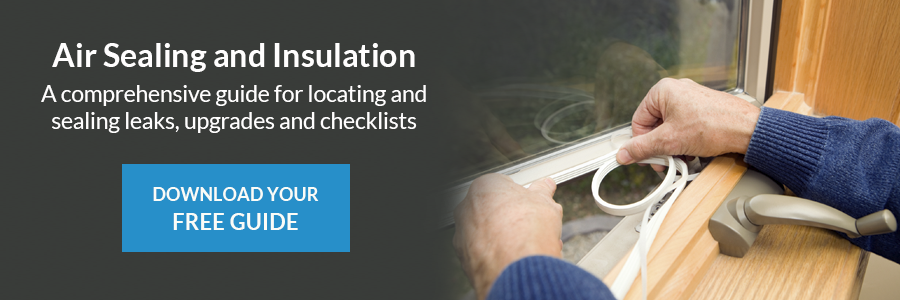
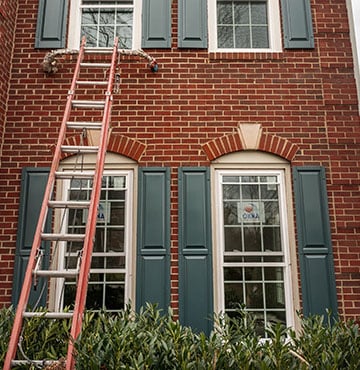
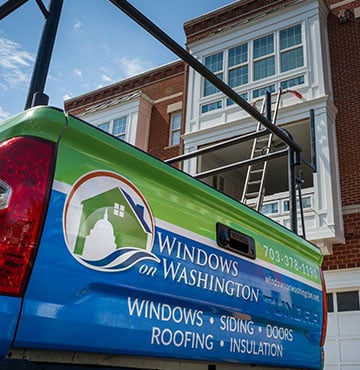
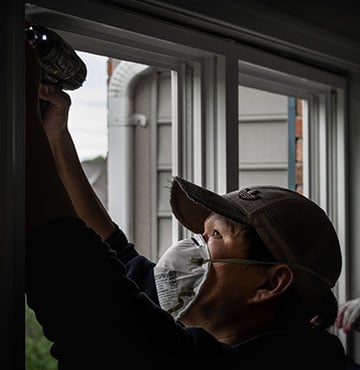








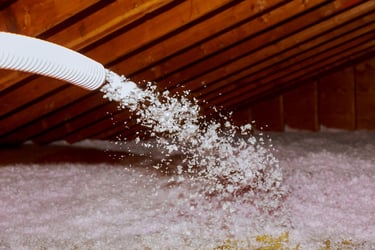
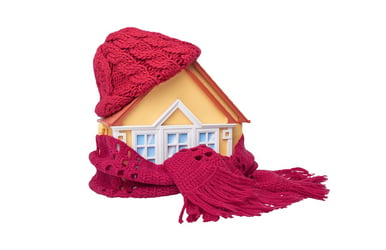
%20(720%20%C3%97%20510%20px)%20(500%20%C3%97%20500%20px)%20(300%20%C3%97%20300%20px)%20(400%20%C3%97%20400%20px)%20(700%20%C3%97%20700%20px)%20(480%20x%20550%20px).png?width=480&height=550&name=Untitled%20(860%20%C3%97%20860%20px)%20(720%20%C3%97%20510%20px)%20(500%20%C3%97%20500%20px)%20(300%20%C3%97%20300%20px)%20(400%20%C3%97%20400%20px)%20(700%20%C3%97%20700%20px)%20(480%20x%20550%20px).png)
Comments